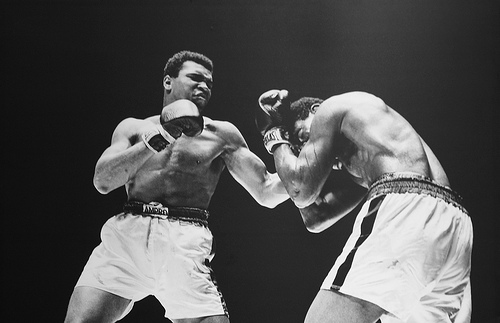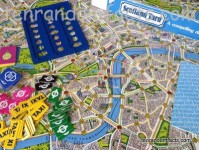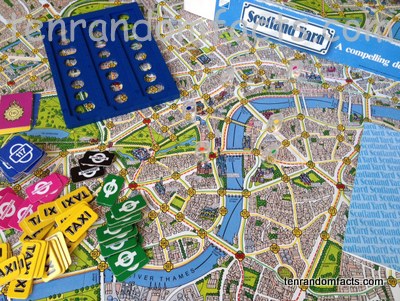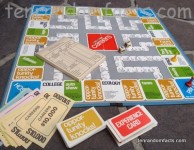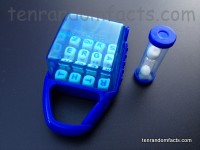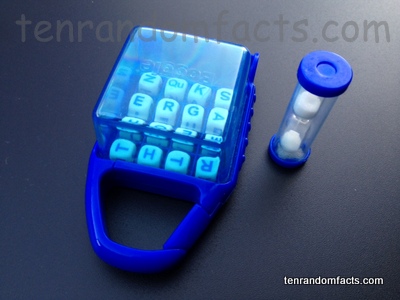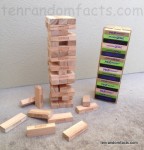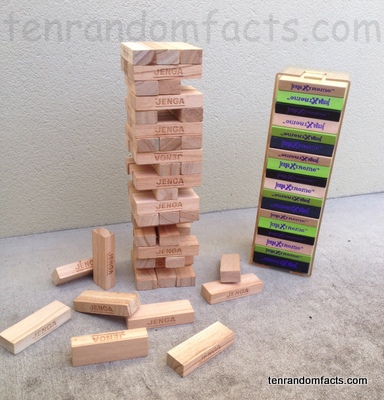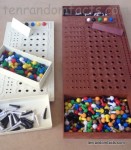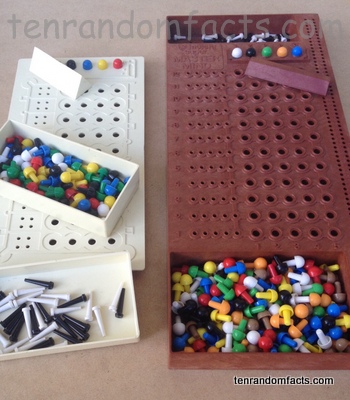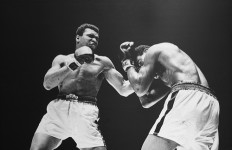
“I am the greatest, I said that even before I knew I was.” – Muhammad Ali
- Muhammad Ali was a largely popular professional boxer, and was considered one of the greatest boxers to live.
- Muhammad Ali was an African American, born in Kentucky’s Louisville, in the United States, on 17th January 1942 as ‘Cassius Marcellus Clay, Jr’.
- Muhammad Ali became interested in boxing and subsequently began training at twelve years of age, after encouragement from police officer and boxing coach Joe Martin, when Ali was seeking revenge on the thief that stole his new bicycle.
- In the 1960 Rome Olympic Games, Muhammad Ali won the gold medal for the light heavyweight category in boxing, as an amateur, and afterwards in the same year, boxed his first professional match.
- In February 1964 in Miami, United States, Muhammad Ali defeated Sonny Liston for the title of World Boxing Champion, and later regained the title in 1974 and 1978.
Muhammad Ali (L) against Ernie Terrell (1967)
Image courtesy of Cliff/Flickr
- Muhammad Ali converted to the Islam religion in the late 1950s/early 1960s, and consequently in 1964, changed his name from his ‘slave name’ of Cassius Clay, to his commonly known name.
- On 3rd June 2016, at age 74, Muhammad Ali died from septic shock caused by respiratory problems, in Arizona USA; and in his lifetime he developed Parkinson’s disease, and was married four times, and produced a total of nine children.
- Muhammad Ali was known for his unique boxing style, which he described as “float like a butterfly, sting like a bee”; and he extensively taunted his opponents both during and outside matches.
- Muhammad Ali was drafted in 1967 to join the US military for the Vietnam War, however he opposed this on the basis of religious and political beliefs, and was convicted and suspended from boxing until 1971, when the Supreme Court overturned the conviction on appeal.
- Muhammad Ali was only defeated five times in his professional career, which lasted until 1981, and he remained undefeated during his first ten years of boxing.
Bibliography:
The Legend, 2015, Muhammad Ali, http://muhammadali.com/legend/
Muhammad Ali, 2016, Wikipedia, https://en.wikipedia.org/wiki/Muhammad_Ali
Muhammad Ali: The Ultimate Fighter, 1942, British Broadcasting Company, http://www.bbc.co.uk/timelines/zy3hycw#z34yrdm





